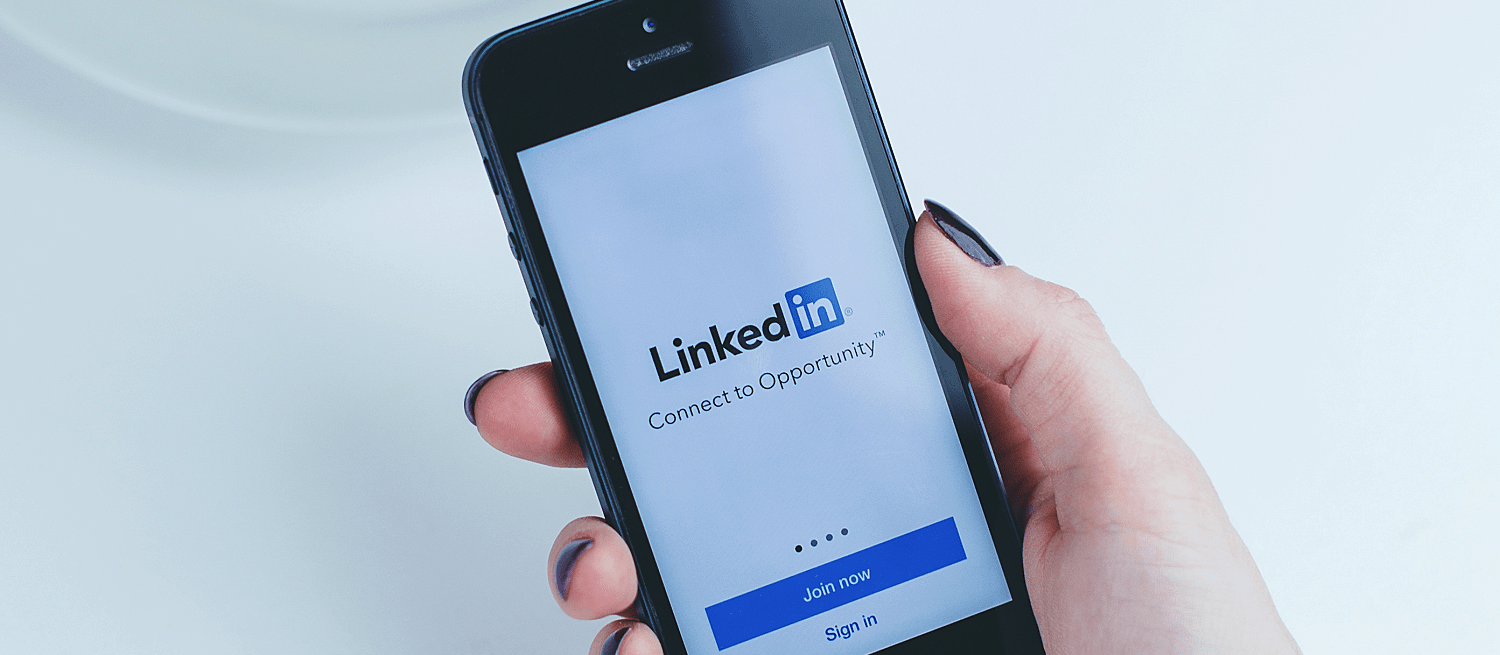I recently posted a status on LinkedIn that received more than 4,700% more views and engagement than my 10 posts prior. This is how to replicate that success for yourself.
LinkedIn is a powerful platform. At last count, there were 467 million people on LinkedIn, sharing views, virtually networking and connecting with each other.
I have always been a little lazy on LinkedIn. Whilst my network has been steadily increasing, and I have been frequently posting, I don’t really go out of my way to engage with my network.
I had an idea for an experiment, to see how I could grow my subscriber list for growth.email and build a bigger network on LinkedIn.
The results?

LinkedIn post statistics
Instead of the usual 200 or so views on my updates, and little to no likes, I ended up blasting the stats out of the water with this one.
12,041 views of this single post
70 comments
34 post likes
4 reshares
This resulted in a number of positive effects elsewhere as well;
60 new subscribers to growth.email
39 new LinkedIn contacts
3 enquiries about the work I do
An amazing response, overall.
What’s the LinkedIn effect?
LinkedIn encourages posts that get engagement to spread across the platform. If a user comments on a post, they send it to their contacts feeds as well.
For example, I am a contact of the commentor below, not the article poster. I saw this in my feed because my connection commented on it.

LinkedIn activity in feed
A smaller effect is seen if you take a look at a connections profile. You also see their recent engagements on the platform, such as this example, which puts the article as a link there as well.

LinkedIn profile activity
You want comments (& many!)!
The trick with getting a post to spread on LinkedIn, is that you want to get people commenting on it. It could be a simple Yes, which is what I used – the length isn’t the concern here, it’s the reach.
This made me think – if I asked people to subscribe to my email list, AND comment on a post, in order to get some valuable research, would that be too hard for most people? I would need to offer something of great value to do that.
What value can I offer?
So I put my thinking cap on – what would attract people specifically on LinkedIn, to go through that process? I always consider what would attract me, and what I thought would work is some deep data or research on articles that are shared.
Imagine if I had the top 1,000 articles that had been shared on LinkedIn? I could use that for a number of things;
- Build a list of curated content to share myself
- Use this as a basis for writing about new topics
- Find gaps in content that I could write about
I ended up collating the data, using a paid account on Ahrefs, which makes this process a lot easier, and saved it as both CSV and XLS formats.

Most shared articles on LinkedIn
Then I made a quick graphic to share (images are far better noticed in a LinkedIn feed, than plain text posts) and then wrote a quick intro to it, with the steps.

LinkedIn post
Don’t just stop there!
I nearly left this research as is, and walked away with this blog post and some learnings.
I then recalled my own advice; reuse content where you can.
I took the research I had put together, did some fairly trivial analysis of title lengths, share totals, etc and wrote an entirely different bit of content, as a 1,200 word blog post on the Bam Creative blog.
That way, I am reusing my research once, but providing great value again. To sweeten the deal even further, we uploaded the data to Google sheets, and made it a free download, with no content gate or anything that would stop readers getting to it.
At current count, this article has resulted in hundreds of reads, downloads and shares all by itself. It shows my digital agency is a thought leader in the space, and helps with our SEO and more.
If you’re interested, you can read it over here: Content Marketing Lessons from the Top 1,000 Articles Shared on Linkedin.

Blog post on Bam Creative blog
That’s not even counting this 1,100+ word article, which talks further about this experiment. I’ll (hopefully!) get further shares, subscribers and likes as a result of doing a wrap up article.
Things I would do differently
Sadly, I did make some mistakes, so here is how I would approach this differently, should (more like when) I do this again. I share these with you, so you can learn from my mistakes.
Choose a better time to share
For some unknown reason (What was I thinking?), I posted my initial article on a Sunday evening, Perth time. Given many of my contacts are in the USA or Europe, that makes it early Sunday morning. Who checks LinkedIn on a Sunday morning? I certainly don’t.
I should have posted it at an optimum time for my connections – this would have been late evening (local time) on a weekday.
Have the hook in first two lines
Have a look at the grab above again. I added the ‘Want a copy?’ in as an edit after 24 hours. The issue is that most people will see the ‘status preview’which is only 2-3 lines in length. I put the original offer to share too far down for that initial view.
Clarify the process
I feel I made this a little hard. The description on how to get it was difficult. I didn’t know if I could send it to non-contacts easily (you can’t), and I have a habit of getting wordy. I should have edited heavily and made this post shorter.
Automate the process of delivering the data
The issue was it was manual – I ended up sending individual messages to 60+ people, with a shortened link to the data. If I had been smarter, I would have changed the welcome auto-response email when you subscribe to growth.email to include a link to the data, so then those LinkedIn comments would have been useless, however I would have asked for them anyway. It’s not like people would know, until they got a nice email with the data (and I doubt anyone would have called me out for it).
Understand what you can and can’t do with non-contacts
I don’t use LinkedIn messaging often, so I hadn’t realised they had locked down In-Mail to only paid LinkedIn accounts, and even then, significantly throttled how many you can send.
I ended up sending connection requests to non-contacts, with a custom message including the download link, as a work around, however that wasn’t the most eloquent way to approach it.
Takeaways
Here are my four big takeaways from all of this work.
- Make sure you add true value to your audience. Nobody bothers engaging with garbage.
- Plan ahead; choose the right time and article text.
- Reuse the efforts – a blog post to follow up the article means more shares and exposure.
- Effort in, results out. I could have gone half cocked, but wouldn’t have enjoyed the same results.
Best of luck! Let me know how you go with doing something similar.

 Entrepreneur,
Entrepreneur, 